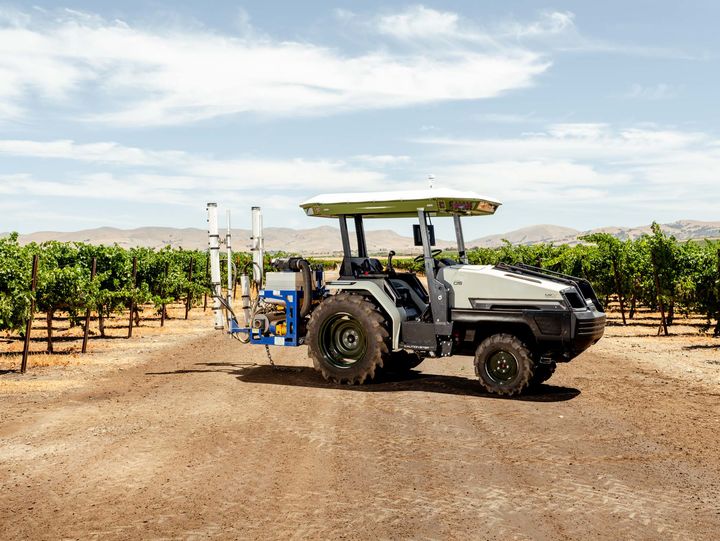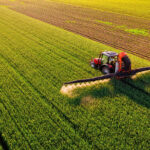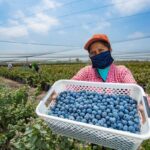Electric tractors receive growing interest as startups reach market

Electric vehicle technology has arrived in the heavy machinery sector as startups and investors take an interest.
Though sales of the most powerful tractors have dipped in the past decade, the market for small agriculture machines has more than doubled, Bloomberg reported.
The market is moving downscale and of the 305,000 tractors bought in North America last year, some 68 percent were models with less than 40 horsepower, according to Deere & Co.
Monarch, a small startup co-founded by Mark Schwager, who designed and built Tesla's Gigafactory, works as president while overseeing the company's headquarters.
Self-driving electric machines from Monarch Tractor are 12-foot long vehicles with battery-driven motors, according to Bloomberg.
The machine looks like a tractor with controls similar to those found on any similar-sized machine and it's tooled to hook up to most farm implements.
“That’s very intentional,” Schwager was reported as saying. “Farmers are familiar with tractors. We have to fit in the existing farm ecosystem.”
The battery — packed into a block rather than a flat, Tesla-style skateboard — is carried up front, counter-balancing the weight of anything hitched to the rear.
Monarch declined to disclose the size of its battery but it can power about 10 hours of average work, like spraying, or 5 hours of heavier tasks, such as plowing.
Cameras on the sides feed a continuous stream of images that inform decisions on where and when to plant.
The machine’s brains are wired into the roof, where algorithms process sensor data.
The only visible hint of the rig’s high-tech guts is an iPad-sized screen bolted to the pillar of the cockpit.
“It’s eventually going to be a tool that allows farmers to tell their story,” Monarch co-founder and CEO Praveen Penmetsa said, “and get more value for their crop.”
As the pandemic emboldened hobby farmers, sales of small tractors surged 61 percent in the past five years.
That means hobby horticulturists now buy roughly two-thirds of farm machines, up from slightly more than half in 2015.









































